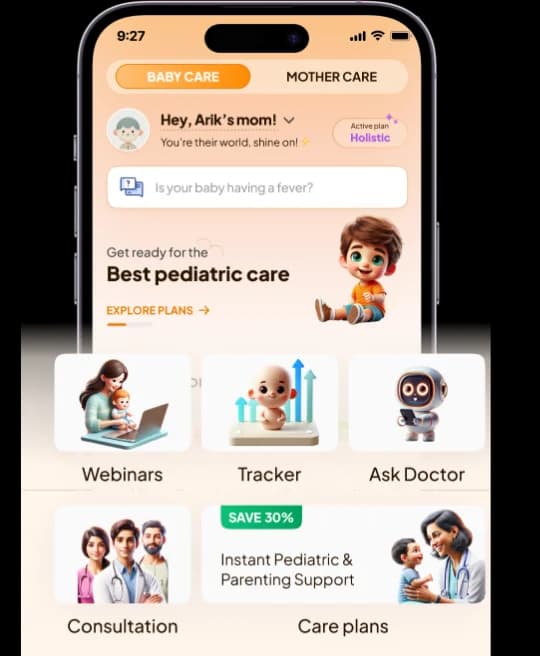
How to Give an Inhaler to a Kid: A Step-by-Step Guide
Inhalers are the most common method of administering asthma medications to the lungs and airways of children. Proper inhaler and spacer/facemask technique can help reduce asthma attacks in children.
In this blog, we will cover everything you need to know about giving an inhaler to a child.
Introduction
Asthma is a chronic respiratory disease that affects people of all ages, especially children. Inhalers are the most common way to deliver asthma medications to the lungs. Giving inhalers to kids can be challenging, but it's essential for managing their condition.
Risks of Improper Inhaler Use
- Incorrect inhaler technique can result in inadequate medication delivery to the lungs.
- This can lead to poor asthma control, exacerbations, and hospitalizations.
- Long-term effects of poorly controlled asthma include decreased lung function, increased medication use, and decreased quality of life.
Inhalers Make Asthma Treatment More Efficient
- Inhalers deliver medications directly to the lungs, reducing the risk of side effects and increasing effectiveness.
- Inhalers are easy to use, portable, and convenient, making them ideal for children.
Types of Inhalers
a. MDI (Metered Dose Inhalation Apparatus)
- MDI inhalers are the most common type of inhaler used for asthma.
- They contain a pressurized canister that releases a measured dose of medication when activated.
- MDIs require proper inhaler technique to ensure proper medication delivery.
